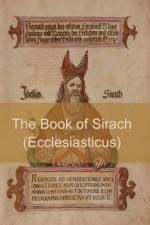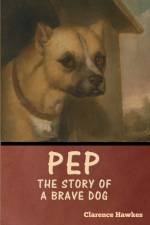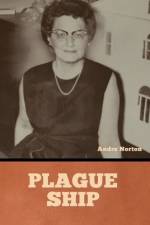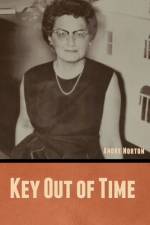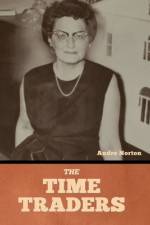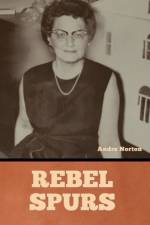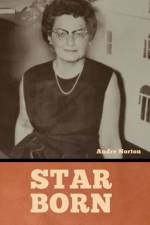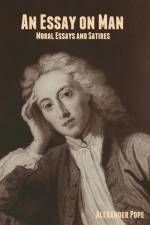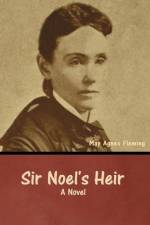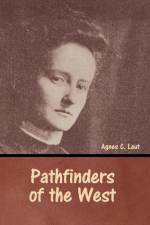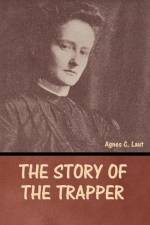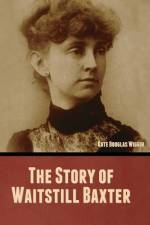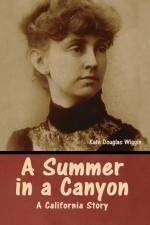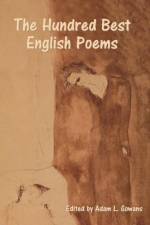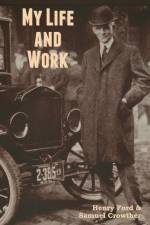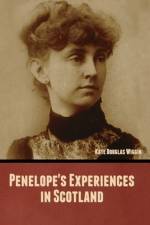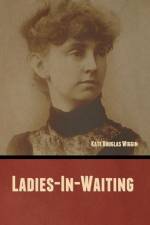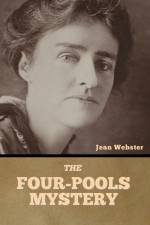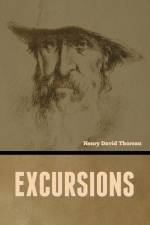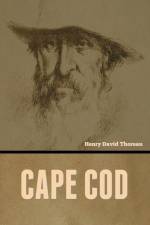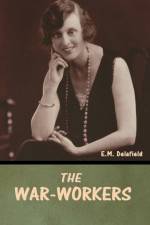av Andre Norton
407
Ride Proud, Rebel! is a Civil War novel set in the western theater during the final days of the war. As the story opens, the protagonist, Drew Rennie, has been serving as a cavalry scout in Confederate general John Hunt Morgan's command for two years, having left home in 1862 after a final break with his harsh grandfather, who despised him since his birth because of his mother's runaway marriage to a Texan. Already a seasoned veteran at eighteen, during the final year of conflict Drew has the additional responsibility of looking out for his headstrong fifteen-year-old cousin Boyd, who has run away from home to join Morgan's command and has a lot to learn in the school of hard knocks the army provides. The story follows the two of them and a new friend, a Texas trooper named Anson Kirby who provides both common sense and light comic relief, through campaigns in Kentucky, Tennessee and later on deeper into the South, first with Morgan and later under Forrest.It's adventure, but not romanticized adventure. Norton paints a vivid picture of both men's and horses' struggles with exhaustion, hunger, cold, heat and thirst, aside from the horrors of battle. The historical detail is good and left me curious to know more about battles such as Cynthiana, Harrisburg and others mentioned. I read a lot about the Virginia campaigns a few years ago, but the western theater of the war is less familiar to me. On another level, the story also follows the characters' personal development throughout their travels, as Drew wrestles with the conflicting desires to know more about what caused the split in his family years ago, or to shut off all thoughts of the past to avoid being hurt by it. (Elisabeth)About the author: Andre Alice Norton (born Alice Mary Norton, February 17, 1912 - March 17, 2005) was an American writer of science fiction and fantasy, who also wrote works of historical and contemporary fiction. She wrote primarily under the pen name Andre Norton, but also under Andrew North and Allen Weston. She was the first woman to be Gandalf Grand Master of Fantasy, to be SFWA Grand Master, and to be inducted by the Science Fiction and Fantasy Hall of Fame. Often called the Grande Dame of Science Fiction and Fantasy by biographers such as J. M. Cornwell, and organizations such as Science Fiction and Fantasy Writers of America, Publishers Weekly, and Time, Andre Norton wrote novels for more than 70 years. She had a profound influence on the entire genre, having more than 300 published titles read by at least four generations of science fiction and fantasy readers and writers. Notable authors who cite her influence include Greg Bear, Lois McMaster Bujold, C. J. Cherryh, Cecilia Dart-Thornton, Tanya Huff, Mercedes Lackey, Charles de Lint, Joan D. Vinge, David Weber, K. D. Wentworth, and Catherine Asaro.On February 20, 2005, the Science Fiction and Fantasy Writers of America, which had honored Norton with its Grand Master Award in 1984, announced the creation of the Andre Norton Award, to be given each year for an outstanding work of fantasy or science fiction for the young adult literature market, beginning with 2005 publications. While the Norton Award is not a Nebula Award, it is voted on by SFWA members on the Nebula ballot and shares some procedures with the Nebula Awards. Nominally for a young adult book, actually the eligible class is middle grade and young adult novels. This added a category for genre fiction to be recognized and supported for young readers. Unlike Nebulas, there is a jury whose function is to expand the ballot beyond the six books with most nominations by members.Norton received the Inkpot Award in 1989. (wikipedia.org)

